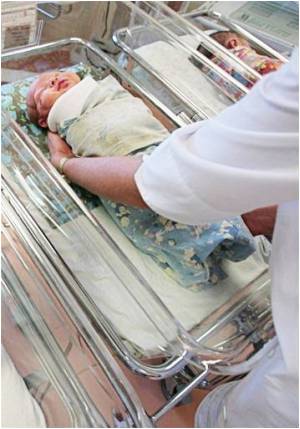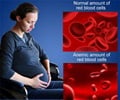
Sarah Marie Lasswell, M.P.H., of the Centers for Disease Control and Prevention, Atlanta, and colleagues conducted a meta-analysis of previous research to examine the relationship between hospital level at birth and neonatal (generally the first four weeks after birth) or predischarge mortality for VLBW (1,500 grams [53 ounces] or less) and very preterm (VPT; 32 weeks or less gestation) infants to determine the importance of level of care at birth to survival. The researchers identified 41 publications that met criteria to be included in the study.
Analysis of the data of the VLBW studies (n = 37; 104,944 infants) indicated a 62 percent increase in odds of neonatal/predischarge death for infants born in non-level III hospitals compared with those born in level III hospitals (38 percent vs. 23 percent). When restricted to only higher-quality evidence (9 publications; 46,318 infants), a 60 percent increase in the odds of neonatal and/or predischarge mortality was estimated for VLBW infants born at non-level III hospitals (36 percent vs. 21 percent). Also, extremely low-birth-weight infants (1,000 grams [35 ounces] or less) born in non-level III hospitals had an estimated 80 percent increase in odds of neonatal and/or predischarge mortality compared with those born at level III hospitals (59 percent vs. 32 percent).
The weighted, combined data from 4 publications regarding VPT infants (n = 9,300) indicated that VPT infants born in lower-level hospitals have a 55 percent increase in odds of neonatal/predischarge mortality compared with those born in level III facilities (15 percent vs. 17 percent). Restricting to the 3 studies rated as adequate- and high-quality (n = 6,100 infants) reduced the estimate to a 42 percent increased odds of death (7 percent vs. 12 percent).
"The results of this review confirm a primary premise on which perinatal regionalization systems are based: high-risk infants have higher mortality rates when born outside hospitals with the most specialized levels of care. Although they represent less than 2 percent of U.S. births, 55 percent of infant deaths occur among VLBW infants. Strengthening perinatal regionalization systems in states with high percentages of VLBW and VPT infants born outside of level III centers could potentially save thousands of infant lives every year," the authors write.
"Future research should use appropriate risk adjustment and thorough reporting of hospital-level information. Further exploration of the effect of hospital volume, obstetrical level, infants that remain for care at lower-level hospitals after birth, and additional outcome measures such as long-term infant morbidity and fetal and maternal mortality will add to the understanding of this important intervention."
Advertisement
Source-Eurekalert










